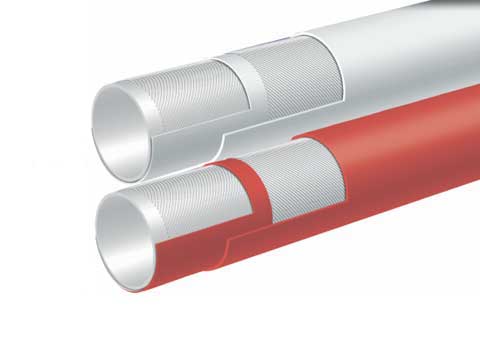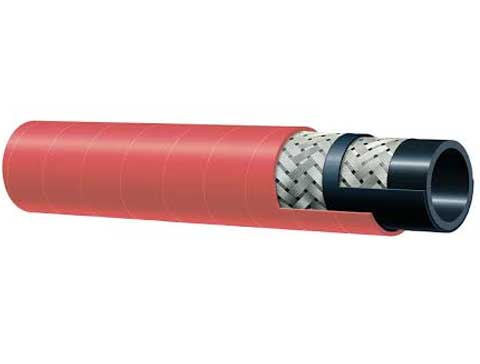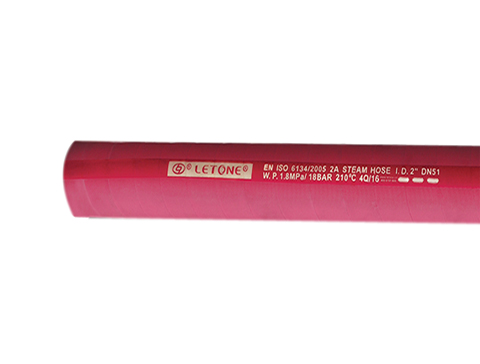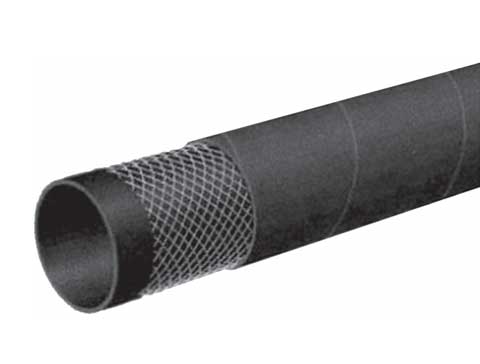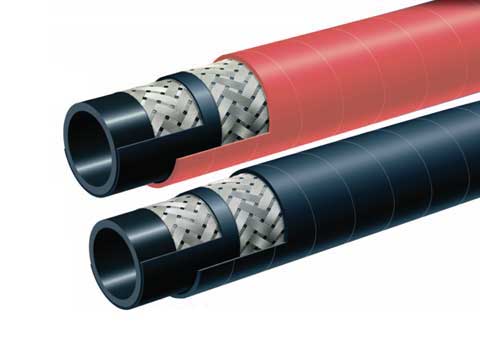Radiator hoses play a crucial role in the cooling system of your car. They are flexible connections that allow coolant to circulate between the engine and radiator, regulating your car's temperature to maintain an optimal level for performance.
They are made from supple rubber, and they are secured with clamps at both ends. They can leak and cause major problems with your vehicle if they are damaged.

How to choose radiator hose
The radiator hose is an important part of the cooling system of a vehicle. It connects the engine block to the water pump, radiator and hose.
You should make it a habit to inspect your radiator hoses every time you change the coolant or oil in your vehicle. This will help you spot any problems and save you money from having to replace your hoses too soon.
You must consider many factors when choosing the right hose. These include temperature, pressure, flow rate, chemical compatibility, and drainability. You should also consider the longevity, maintenance and cost of the hose.
The material of a hose can also be a factor. Rubber is the most common material to use but there are other types of hoses such as silicone and steel that you can choose from as well.
It is important to buy your hoses from a reputable manufacturer if you want them to last. This will ensure you get a product of high quality and that it will last a long time.
A radiator hose is an integral part of your vehicle's cooling system and it can endure intense heat and stress. You should therefore invest in a high quality hose to ensure that your engine runs efficiently and effectively.
Radiator hose connector connection
The radiator in your vehicle is responsible for cooling your engine and warming different parts. Hoses are needed to transport coolant to and from the radiator. Radiator systems are made up of several hoses, each designed to perform a different function.
A hose's connector connection is very important for a few reasons. First of all, it helps prevent the hose from breaking or leaking while you're driving. Second, it also ensures that the hose remains firmly attached to the radiator.
Choose from a wide range of hose clamps to secure your new radiator hose. Common types include screw (worm gear), spring, and wire clamps.
Another important consideration is the material. Radiator hoses can be made of silicone or rubber.
If your hose is silicone, you might want to use a hose clamp that is designed for this purpose. These are specifically designed for use with a silicone hose, and they can help to protect the hose from damage during installation and keep the hose securely attached to your radiator.
Production standards for radiator hoses
Radiator hoses are a vital part of the engine's cooling system. They transport coolant from radiator to water pump and then back to radiator again. This helps to maintain the engine's temperature.
There are many different types and models of radiator hoses available. Some are molded exactly to the original equipment hose shape of your vehicle while others are more generic.
All radiator hoses, regardless of their design or construction, must adhere to certain production standards. These standards protect the hose against damage and make sure they're fit properly into the powertrain compartment.
These hoses must not leak, swell, or chafe. This can prevent proper flow of the coolant and result in damage to your engine, including overheating or failure of the radiator.
Rubber hoses made of EPDM (Ethylene propylene diene monomer) rubber compounds are designed to withstand extreme temperatures. This is important, as if the coolant exceeds 350 degrees F it can cause serious engine damage.
Silicone hoses can withstand temperatures much higher than rubber hoses. They are also more flexible than rubber hoses, which reduces the risk of them cracking or hardening over time. They tend to last longer, which can reduce radiator hose replacement frequency.

